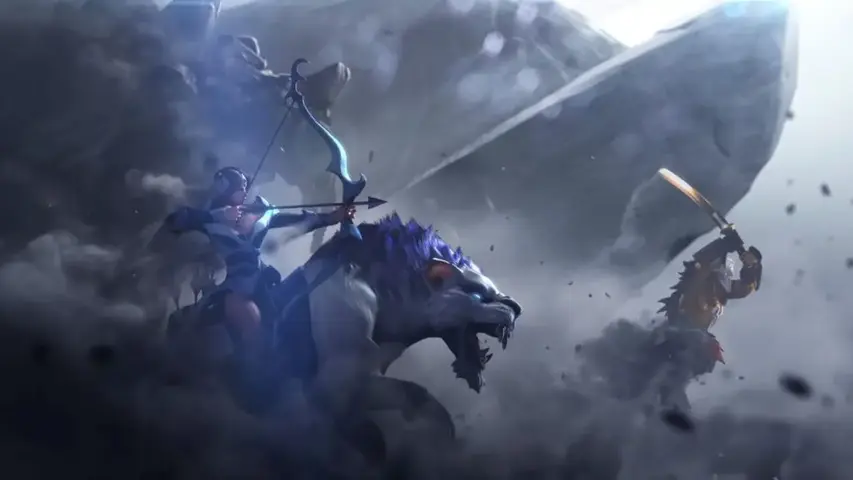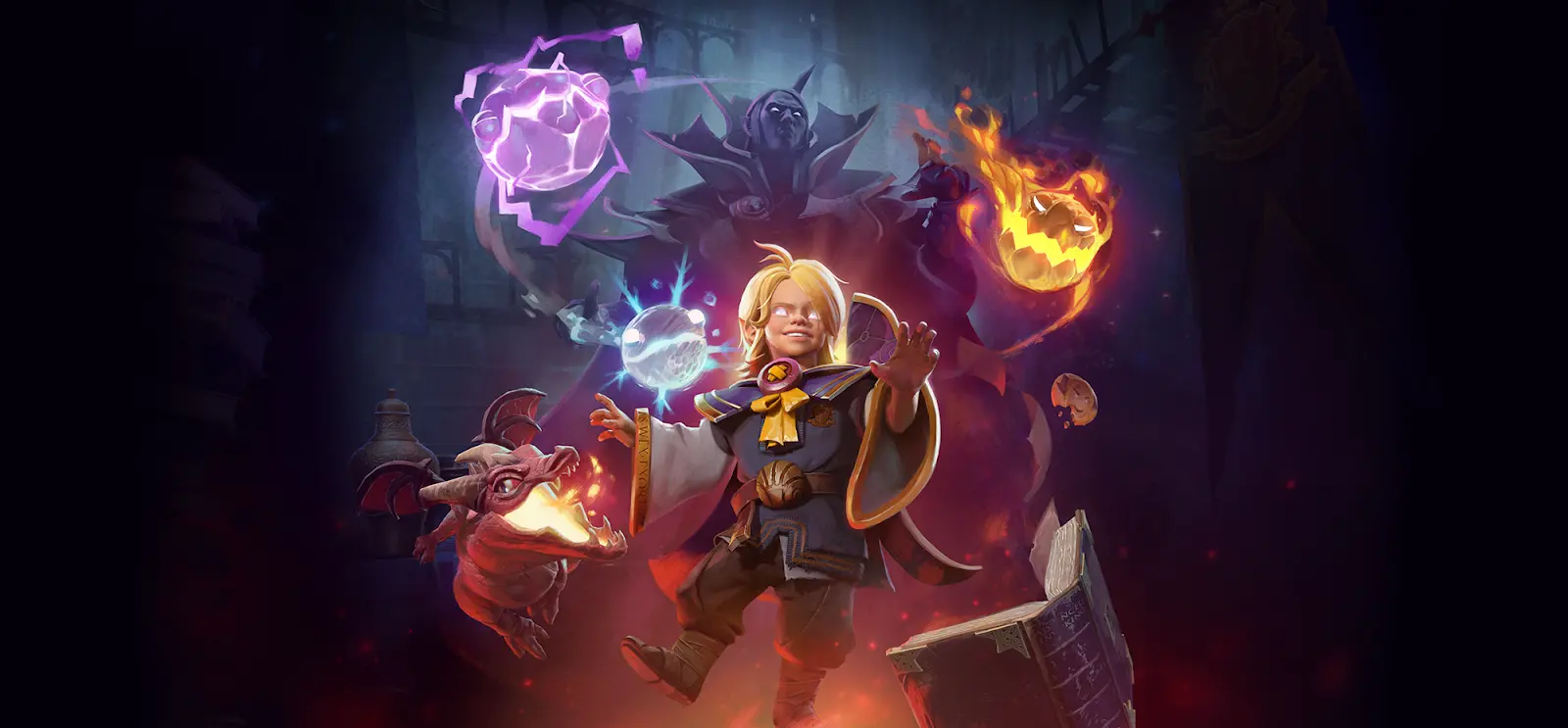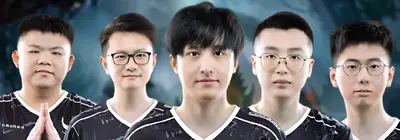
How to make in-game Hero Guide for Dota 2
Dota 2 is one of the most popular and complex multiplayer online games today. Its complexity lies in many aspects, from game mechanics to strategies that players must employ. One of the key elements that help players improve is hero guides. These guides provide instructions on how to play a particular hero correctly, which items to buy, and which skills to use. In this article, we will look at how to create an effective hero guide in Dota 2. The first step in creating a guide is choosing a hero. It is important to choose a hero that you know well and can explain all the nuances of their gameplay. Some heroes are more challenging to use than others, so if you are a beginner, you might want to start with simpler heroes like Sven or Crystal Maiden.
Research and Analysis
After choosing a hero, you need to conduct an in-depth analysis of their abilities, strengths, and weaknesses. It is important to understand:
- Roles: Determine the hero’s primary role (carry, support, tank, etc.).
- Skills: Consider all the hero's abilities, their impact on the game, and when they are best used.
- Synergies: Identify which heroes synergize well with your hero.
- Counter-Heroes: Identify which heroes can be dangerous for your hero.
Structure of the Guide
A good guide should be structured and understandable. Let's consider the main parts of the guide:
- Introduction: A brief overview of the hero and their role in the game.
- Skills: Detailed description of each skill with recommendations on its use.
- Skill Build: Advice on the order of skill leveling.
- Items: Recommendations on item purchases at different stages of the game.
- Gameplay Strategies: Tips on how to behave in different stages of the game (early, mid, late).
- Combining Skills: Examples of skill combinations and their application in various situations.
- Counter-Heroes and Allies: Tips on playing against difficult opponents and with which heroes your hero synergizes best.
- Conclusion: Summary of the guide with key points.
Introduction
In the introduction, it is important to briefly tell about the hero, their strengths and weaknesses, and the main role they play in the team. For example:
"Invoker is a hero with great potential, capable of performing several different roles thanks to his unique set of skills. He can be a powerful mage, capable of dealing massive damage to enemies, or support, helping the team in crucial moments."

Skills
In this part of the guide, each of the hero's abilities should be described in detail. It is important not only to explain what each skill does but also to provide recommendations on its use. For example:
- Quas: Gives Invoker the ability to regenerate health and increases his durability. This skill is useful in the early stages of the game when the hero is often subjected to enemy attacks.
- Wex: Increases attack and movement speed. This skill makes Invoker more mobile and allows him to quickly change position in battle.
- Exort: Increases magic attack damage. This skill makes Invoker very dangerous for enemies in the mid and late game phases.
Skill Build
The skill build is a crucial aspect of playing any hero in Dota 2, and an example with Invoker will help understand the general approach to this process. At the beginning of the game, it is important to focus on skills that increase the hero's durability and survival. For example, Invoker should level up Quas to regenerate health and increase durability, which is important for lane survival and effective farming. It is also useful to take one level of Exort for the ability to use Sun Strike, which provides additional experience and gold.
In the mid-game, focus on skills that increase mobility and attack speed. For Invoker, this is Wex, which increases movement speed and attack speed, allowing the hero to move quickly across the map and effectively participate in fights. Skills that become available through Wex (such as EMP and Tornado) help control fights and create favorable conditions for the team.
In the late game, it is crucial to focus on skills that allow significant damage to enemies. For Invoker, this is Exort, which increases magic damage and makes the hero's abilities very dangerous. Skills such as Chaos Meteor and Deafening Blast allow you to deal massive magic damage and turn the tide of battle in favor of the team.
Overall, the correct skill build involves initial focus on durability and survival, a mid-phase focus on mobility and control in fights, and a late-phase focus on maximum damage output. Balancing between different skills allows the hero to adapt to various situations in the game. It is also important to use the hero's primary ability, which allows combining other skills, to create powerful combinations and timely transitions from one skill set to another depending on the team's needs and the situation on the battlefield. The correct skill build and adaptation to the current game conditions are key to successful play for any hero in Dota 2.

Items
Item recommendations should consider both general strategies and specific situations. For example:
Starting Items:
- Tango: For health regeneration.
- Iron Branch: For a slight increase in stats.
- Faerie Fire: For immediate health regeneration in a critical moment.
Early Game Items:
- Boots of Speed: For increased mobility.
- Magic Wand: For additional health and mana regeneration.
Core Items:
- Aghanim's Scepter: Allows using abilities faster.
- Black King Bar: Provides protection against enemy magical attacks.
Gameplay Strategies
In this part of the guide, provide tips on player behavior at different stages of the game. For example:
- Early Game: Focus on gaining experience and gold.Avoid unnecessary confrontations with enemies.Use skills for zone control and survival.
- Mid Game: Support your team in fights.Use skill combinations to deal maximum damage.Gather key items to increase your effectiveness.
- Late Game: Use your potential to control the battlefield.Support your team using all available skills.Focus on eliminating key enemies.
Combining Skills
Examples of skill combinations and their application in various situations will help players understand how to use the hero most effectively. For example:
"The combination of Tornado and EMP allows you to stop enemies and drain their mana, making them less dangerous. Use Ice Wall to slow down enemies and Sun Strike to deal significant damage at long range."
Counter-Heroes and Allies
In this part of the guide, provide tips on playing against difficult opponents and with which heroes your hero synergizes best. For example:
Counter-Heroes:
- Anti-Mage: His mana-burning abilities make him dangerous for Invoker.
- Silencer: His abilities to silence can greatly limit Invoker.
Allies:
- Disruptor: His abilities to control the battlefield synergize well with Invoker's skills.
- Tidehunter: His mass control abilities allow Invoker to use his skill combinations most effectively.

Ending of Guide
In conclusion, summarize the key points and give some general advice. For example:
"Playing Invoker requires a high level of skill and strategic thinking. It is important not only to know which abilities to use but also when to do so. Monitor the battlefield situation, support your team, and try to deal maximum damage to enemies."
Practical Tips
To make your guide as useful as possible, consider a few important points. First of all, ensure that you have a deep understanding of the hero you are writing the guide about. Play them in different roles and situations to fully grasp their capabilities. Since Dota 2 is constantly being updated, it is important to regularly update the guide to keep it relevant and match the current meta.
Visualization is an important part of a good guide. Add screenshots, videos, or diagrams to illustrate important points and skill combinations, which will help players better understand your advice. Consider not only individual skills and items but also team play tactics. Explain how your hero can influence different aspects of the game, such as map control, participating in team fights, and destroying towers.
Be adaptable in your recommendations. Consider different situations and possible developments. For example, if the game is not going as planned, suggest alternative strategies or items that can help rectify the situation. Pay attention to feedback by publishing your guide on forums or in Dota 2 player communities. Feedback will help improve your guide and make it even more useful for other players.
Provide examples of specific game situations you have encountered and explain how you dealt with them. This will help players understand how to apply your advice in practice. Add some humor or interesting facts about the hero to make the guide not only informative but also enjoyable to read.
If you have friends or acquaintances who also play Dota 2, ask them to help you with the guide. Their thoughts and experiences can add valuable tips and ideas. Finally, constantly improve your guide. Play more, analyze your games, and refine the guide based on new knowledge and experience.
Conclusion
Creating a hero guide in Dota 2 is a meticulous process that requires a deep understanding of the game, the hero, and their role in the team. A quality guide should include a detailed analysis of the hero's abilities, optimal strategies for their use, item purchase recommendations, and tips on behavior at different stages of the game. It is also important to consider synergies with allies and countering enemy heroes. Regularly updating the guide will ensure its relevance, and visualizations and examples of real game situations will make it more understandable and useful
Article info
Guides
Upcoming Top Matches















Comments